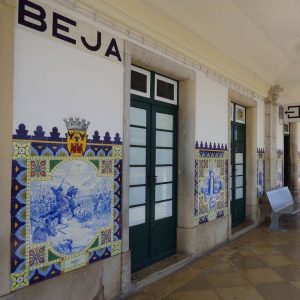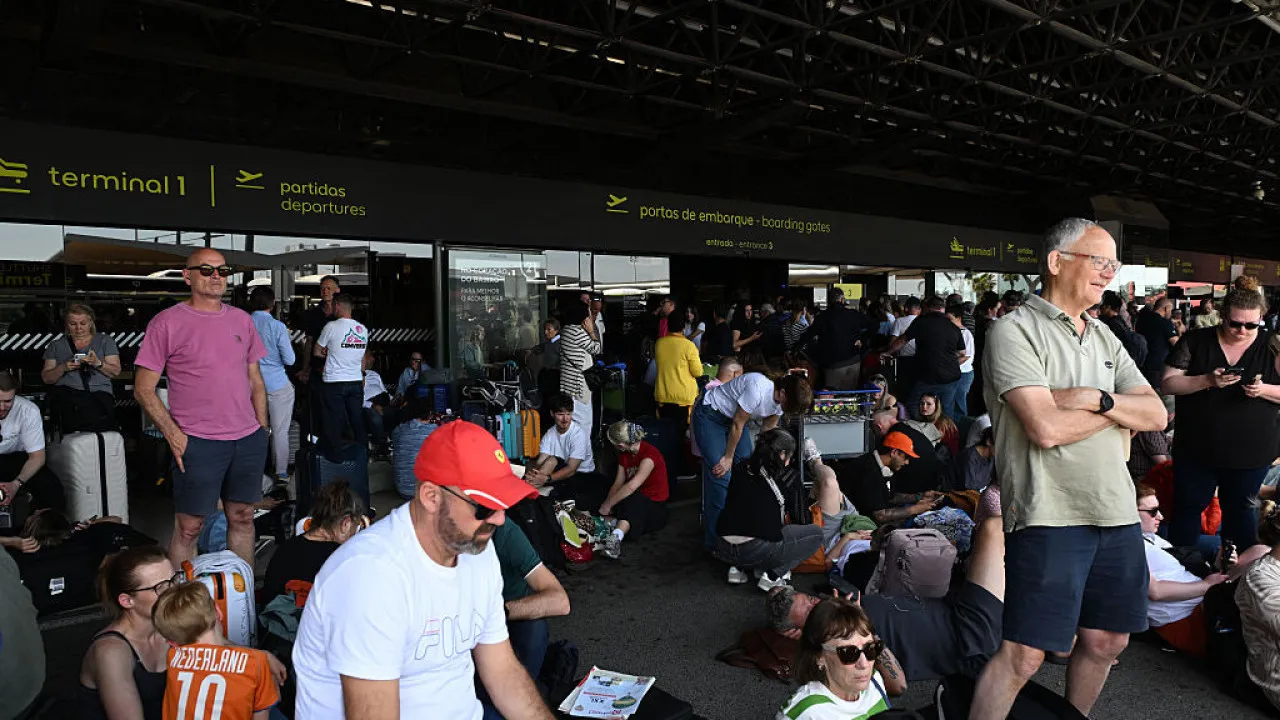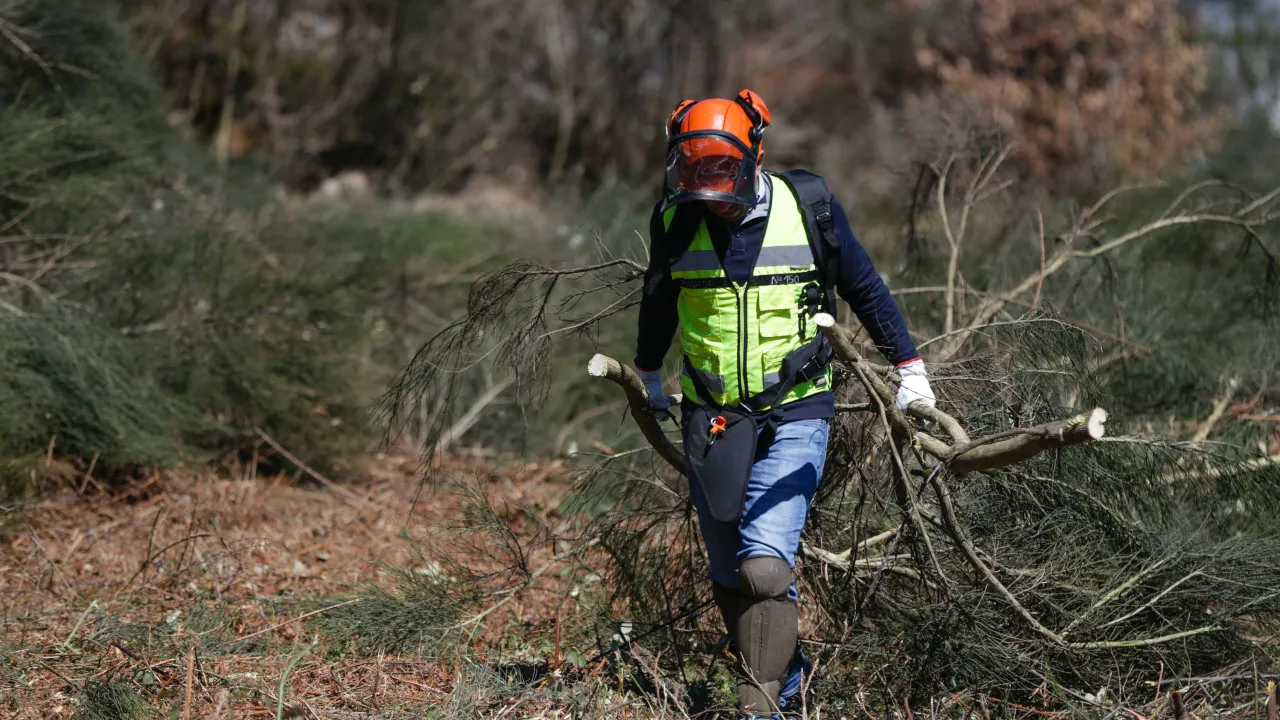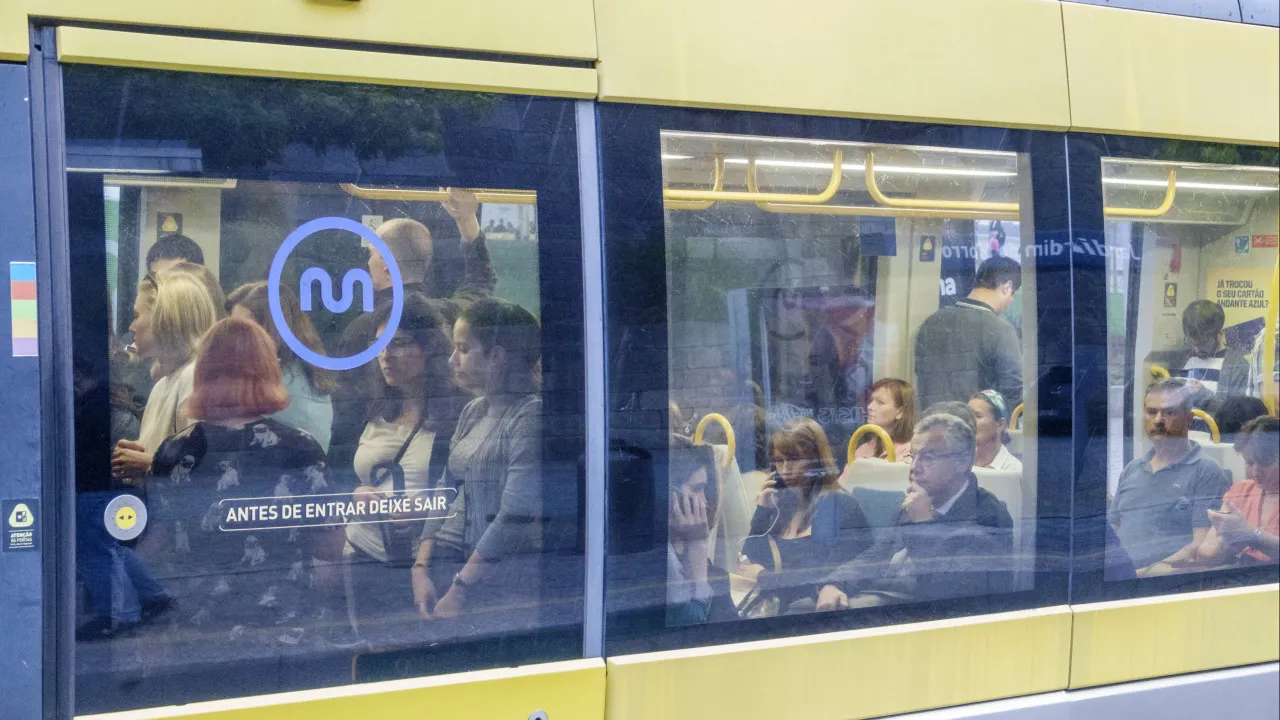Modernization and electrification of the Casa Branca-Beja section, on the Alentejo Line, should have a project approved by the end of 2024, says the Ministry of Infrastructures to the PCP deputies.
The government expects to approve, by the end of 2024, the modernization and electrification project for the Casa Branca-Beja section of the Alentejo Line. The information is contained in a reply from the Ministry of Infrastructure to PCP deputies João Dias and Bruno Dias and was published on the Parliament’s website on Monday.
“It is estimated that the approval of this project will occur at the end of 2024, after the Environmental Impact Assessment process and the issuing of the respective Environmental Impact Declaration by the Portuguese Environment Agency,” says the office led by João Galamba.
The modernization and electrification of the Casa Branca-Alentejo section is included in the National Investment Program for 2030 (PNI 2030), as a project to be executed until 2025. However, in June 2021, Infraestruturas de Portugal (IP) assumed that the works should only be completed in 2027.
“The launch of the contract will be done in 2024 and the work will take place in 2025, 2026 and perhaps even in early 2027,” said the then president of IP, António Laranjo, during a hearing in Parliament. The budget for the construction work would be more than 100 million euros, with up to 85% contribution from the European Regional Development Fund (ERDF), said the same official.
In July 2015, an IP study pointed to works worth between 68 and 94 million euros. In the minimum scenario, 68 million euros will be enough for the Casa Branca-Beja section to have electric trains up to 140 km/h, thanks to the placement of catenary, electronic signalling and the elimination of 17 level crossings. For the trains to circulate at up to 200 km/h, the expense rises to 94 million Euros: in addition to electrification, it is necessary to build about 12.5 kilometers of bypasses to the original route.
With the electrification of the Alentejo Line to Beja, it will again be possible to make direct trains, for example, between Lisbon and Beja, which stopped happening in May 2010, due to the modernization of the line between Bombel and Casa Branca. Currently, from Lisbon to Beja, it takes two hours and seven minutes, with a train change at Casa Branca.
The feasibility of connecting the Alentejo Line to Beja airport is still under study. The variant could cost 20 or 26 million Euros, allowing a train ride to Lisbon in about an hour and 30 minutes. The cheaper choice has a length of 12.8 kilometers; it serves military installations and the transport of goods by air. The most expensive option is more geared towards passengers and extends for nearly 17 kilometers.
Train to Funcheira will have to wait
The Alentejo Line also includes the section between Beja and Funcheira, without passenger service since 2012. The PNI 2030 foresees only studies for the reactivation of this section. The return of trains to this route implies an investment of 77 to 86 million euros, according to the 2015 IP study.
With the cheapest option, in addition to the modernization and electrification of the section, all level crossings will be eliminated and crossing points will be built for 750-meter-long freight trains. Also in the base scenario, the construction of a 4.1-kilometer bypass and the renewal of 2.4 kilometers of track near Ourique are planned.

If IP is more ambitious, an additional nine million euros are needed for the Beja-Funcheira section . With 86 million, the trains will be able to circulate at up to 200 km/h thanks to the construction of 13 kilometers of bypasses and the complete fencing of the line.
As part of the reprogramming of the Recovery and Resilience Plan, the PCP even challenged the government to include the Beja-Funcheira modernization works in the European funding. This ended up not happening.
With the reopening of the section between Beja and Funcheira, the Alentejo Line would become a redundancy to the South Line in the connections between Lisbon and the south of the country. The bet gives “redundancy in the railway connection from the port of Sines to the central and northern regions of Portugal and the border with Spain,” wrote the IP in the 2015 study.








